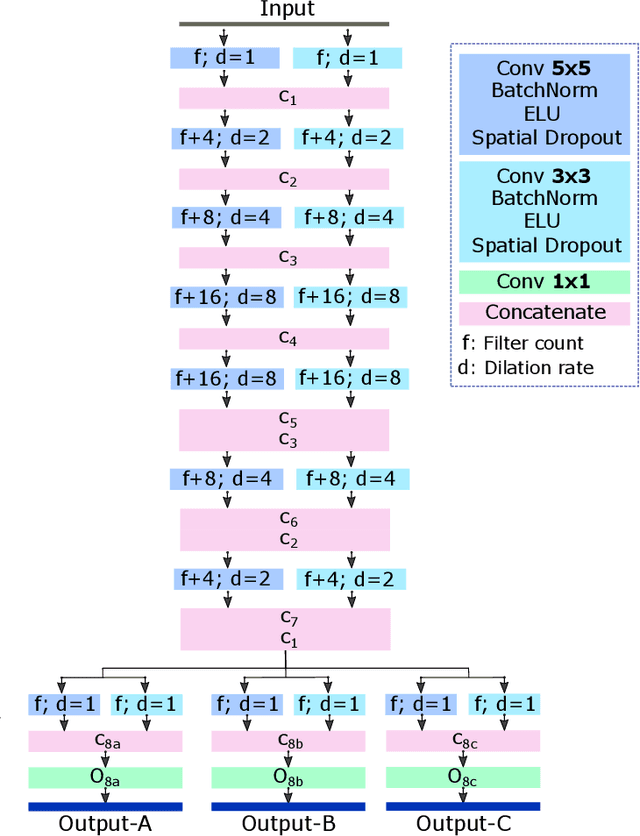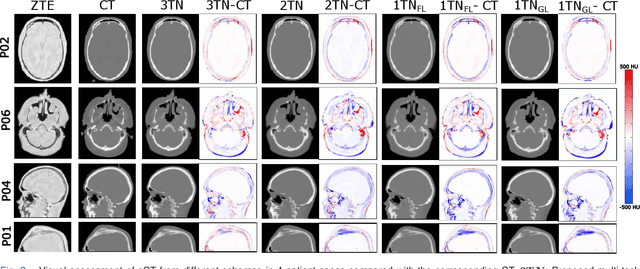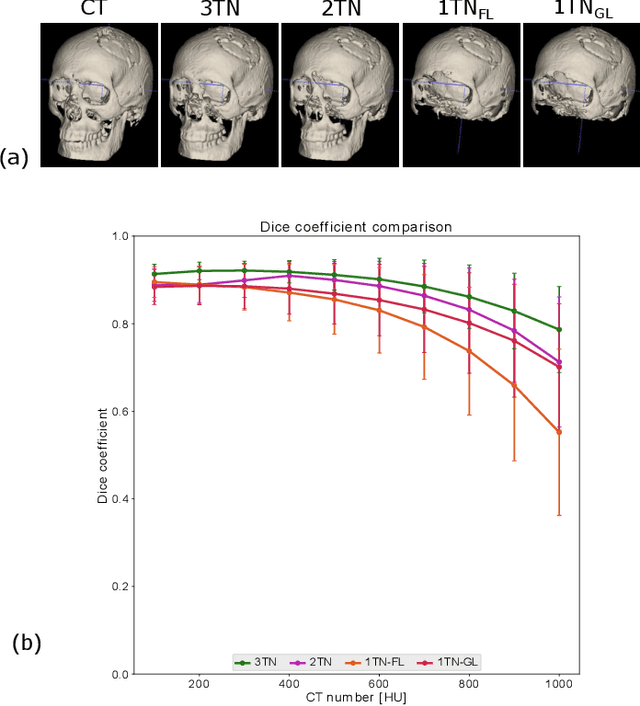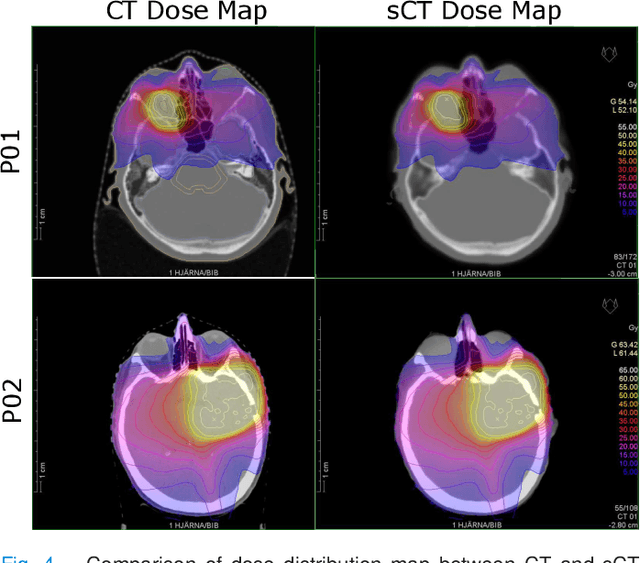Kesavadas Chandrasekharan
covEcho Resource constrained lung ultrasound image analysis tool for faster triaging and active learning
Jun 21, 2022



Abstract:Lung ultrasound (LUS) is possibly the only medical imaging modality which could be used for continuous and periodic monitoring of the lung. This is extremely useful in tracking the lung manifestations either during the onset of lung infection or to track the effect of vaccination on lung as in pandemics such as COVID-19. There have been many attempts in automating the classification of severity of lung into various classes or automatic segmentation of various LUS landmarks and manifestations. However, all these approaches are based on training static machine learning models which require a significantly clinically annotated large dataset and are computationally heavy and most of the time non-real time. In this work, a real-time light weight active learning-based approach is presented for faster triaging in COVID-19 subjects in resource constrained settings. The tool, based on the you look only once (YOLO) network, has the capability of providing the quality of images based on the identification of various LUS landmarks, artefacts and manifestations, prediction of severity of lung infection, possibility of active learning based on the feedback from clinicians or on the image quality and a summarization of the significant frames which are having high severity of infection and high image quality for further analysis. The results show that the proposed tool has a mean average precision (mAP) of 66% at an Intersection over Union (IoU) threshold of 0.5 for the prediction of LUS landmarks. The 14MB lightweight YOLOv5s network achieves 123 FPS while running in a Quadro P4000 GPU. The tool is available for usage and analysis upon request from the authors.
Region of Interest focused MRI to Synthetic CT Translation using Regression and Classification Multi-task Network
Mar 30, 2022



Abstract:In this work, we present a method for synthetic CT (sCT) generation from zero-echo-time (ZTE) MRI aimed at structural and quantitative accuracies of the image, with a particular focus on the accurate bone density value prediction. We propose a loss function that favors a spatially sparse region in the image. We harness the ability of a multi-task network to produce correlated outputs as a framework to enable localisation of region of interest (RoI) via classification, emphasize regression of values within RoI and still retain the overall accuracy via global regression. The network is optimized by a composite loss function that combines a dedicated loss from each task. We demonstrate how the multi-task network with RoI focused loss offers an advantage over other configurations of the network to achieve higher accuracy of performance. This is relevant to sCT where failure to accurately estimate high Hounsfield Unit values of bone could lead to impaired accuracy in clinical applications. We compare the dose calculation maps from the proposed sCT and the real CT in a radiation therapy treatment planning setup.
 Add to Chrome
Add to Chrome Add to Firefox
Add to Firefox Add to Edge
Add to Edge